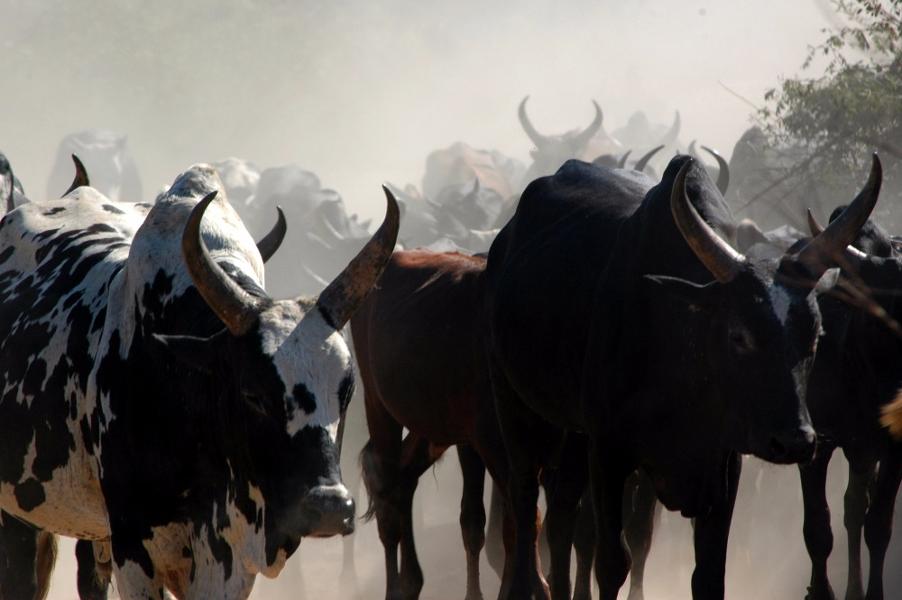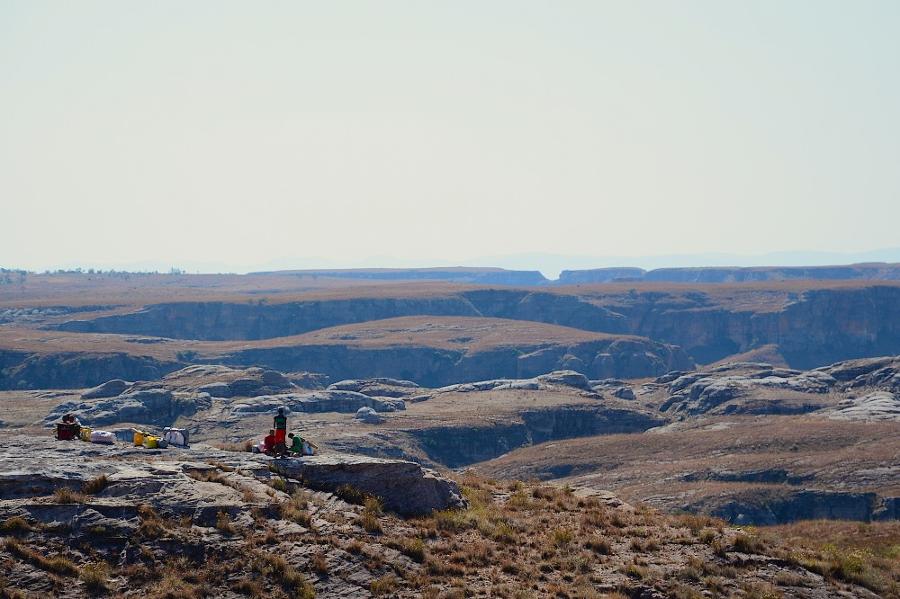Madagascar
The Bara: a feared and admired people in the south of Madagascar
When we talk about the Great South of Madagascar, we immediately have in mind the Bara people. This nomadic pastoralist people is known for its culture of African influence, but which still remains very Malagasy. Zebu theft, zebu rodeo, ringa(wrestling), papango(traditional dance), famadihana(change of shroud) and savatse(collective circumcision) characterize this exceptional ethnic group!
Their country and history
The Bara are said to be the descendants of a Bantu named Rabiby. He is said to have come on an expedition to the Big Island with a thousand men, landing on the southwest coast.
Today, their territory would be bounded by the Mangoky River in the south, Beroroha in the north, Midongy in the east and Sakaraha in the west. They are also present in the Isalo massif and in Horombe.
The Bara people are known to be fierce warriors, feared by all other Malagasy ethnic groups. They care deeply about their freedom and defend it at the cost of their lives. Having kept their own monarchical system, these people remain very independent and have never submitted to any other authority in the country.
They are famous for their gear (neck and head laces, pendants, talisman, African hairdressing, etc.), their weapons (paddle, knife, sword and especially guns) and the passion they devote to their cattle, symbolizing power, prosperity and great pride!

A distinct culture
The Bara country is known for its extreme weather conditions! The Great South is desert! Women who care for the home and children may have to travel miles to find water. Men also walk long distances with their livestock to find new pastures.
The zebu is an iconic animal and is omnipresent in the Bara’s life and death!
Even if some boys go to school, they are introduced to zebu farming from an early age. As teenagers, it is traditional for them to steal zebus to prove that they have become men, that they are brave and that they are worthy of a woman. Nowadays, this practice has been misused and perverted, distorting the definition of dahalo!
In order to train themselves, men fight with zebus in a kind of rodeo! When they die, the Bara sacrifice as many zebus as they can afford. At the entrance to their tomb (in caves), they display the skulls of sacrificed zebus to obstruct the entrance, because the place is sacred!
Other striking features of the Bara culture are the ringa, a wrestling style, and the papango, a dance mimicking a hawk’s flight. A man hanging on the top of a pole dances while others are on the floor.
And like all Malagasy peoples, the Bara practice famadihana (change of shroud) every 5 years and circumcision during the Savatse. This takes place approximately every 7 years, allowing male children to be recognized by their clan and to gain the right to enter the family tomb.

The wonders of the Bara country
The Bara country is not just the desert Great South, famous for its food shortages. This people also occupies extraordinarily beautiful territories, including the Andringitra massif, the Makay massif, the Isalo national park, Zombitse Vohibasia, the bird paradise, the Ihorombe plateau, etc.
The fauna and flora in these sites are obviously rich and largely endemic. The southern axis is the most famous and most appreciated of Madagascar's tourist tours!

